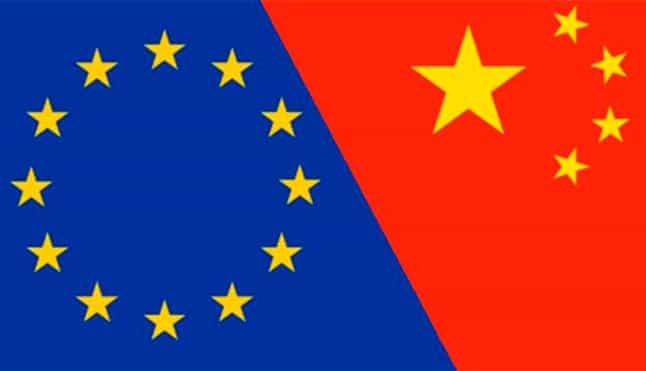 The resurgence of China as a world power strengthens the proposal of President Xi Jinping. One belt one road gives a basis to the dream of the Asian leader that can lead to a new international order with an impact on Europe.
The resurgence of China as a world power strengthens the proposal of President Xi Jinping. One belt one road gives a basis to the dream of the Asian leader that can lead to a new international order with an impact on Europe.
Rescuing the old Silk Road, which united the trade and culture of East and West, is the idea of Jinping since 2013. It was declared a priority of Chinese foreign policy by the Communist Party leadership.
One belt one road (OBOR) proposes maritime and terrestrial economic corridors between China, Eurasia, the Middle East, Europe and Africa. A large commercial network that needs a high investment in infrastructure. The European Union (EU) is called to participate.
The Chinese dream: geopolitical tool?
China has been insistent on its project, and it is already taking shape. OBOR is a product of inclusive cooperation, not a geopolitical tool.
In May of this year, 28 Heads of State and Government of Europe attended the call of President Xi Jinping to analyse the investment of 900 billion euros in OBOR. Fourteen cooperation agreements were signed.
The Asian Infrastructure Investment Bank, the financial engine of OBOR, now has 57 members, including Germany and Great Britain. China has 26% of the voting rights. Its capital is 100 billion dollars, two thirds of the capital of the Asian Development Bank and half of the World Bank.
The door of the Mediterranean
With the purchase in 2016 of 67% of the Greek port of Piraeus, China opened the doors of the Mediterranean to the Silk Road. It obtained a 35-year concession to operate two container terminals that will facilitate the entry of its products to the rest of Europe.
As an example, China can do maintenance and repair of Greek military equipment in Crete. It can even participate in joint naval patrols in the Mediterranean.
Since 2013, Chinese state and private industries have bought companies in countries such as Switzerland, Norway, and other members of the European Union. They target strategic sectors such as nuclear and aeronautics, energy, transport infrastructure, telecommunications and banking, among others.
One belt one road and its impact on Europe
OBOR is based on five principles of Peaceful Coexistence: mutual respect for sovereignty and territorial integrity, non-aggression, non-intervention in internal affairs, equality and mutual benefit, and peaceful coexistence.
One Belt One Road involves changes in the international order due to the increase in the influence of the Asian giant in Europe. The European Union requires a coordinated policy to face the Chinese Dream.
China denies it, but it uses mechanisms of bilateral cooperation with countries individually. In Central and Eastern Europe, it agreed with 16 nations on the construction and modernisation of motorways, rail networks, airports and seaports, without consulting the EU.
The commercial asymmetry is already seen in poor European nations. Trains arrive loaded with Chinese products and are returned almost empty.
The Chinese dream in Latin America
In Latin America, China is also increasing its influence, through free trade agreements, investment offers, scholarships etc. It has already overtaken the EU as the second biggest commercial partner and has significant participation in civil engineering and infrastructure.
The international order has changed, with China in the lead. Europe is a strategic distribution centre, which must compete with the Asian giant on equal terms, and analyse security and independence in strategic sectors, in order to minimise negative impacts.
Team EurochinaBridge.com
